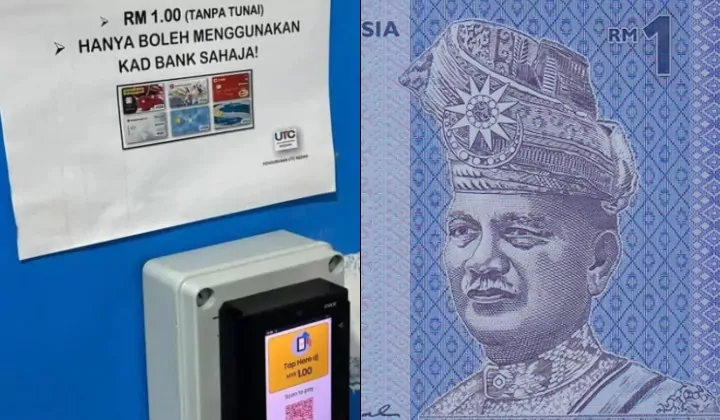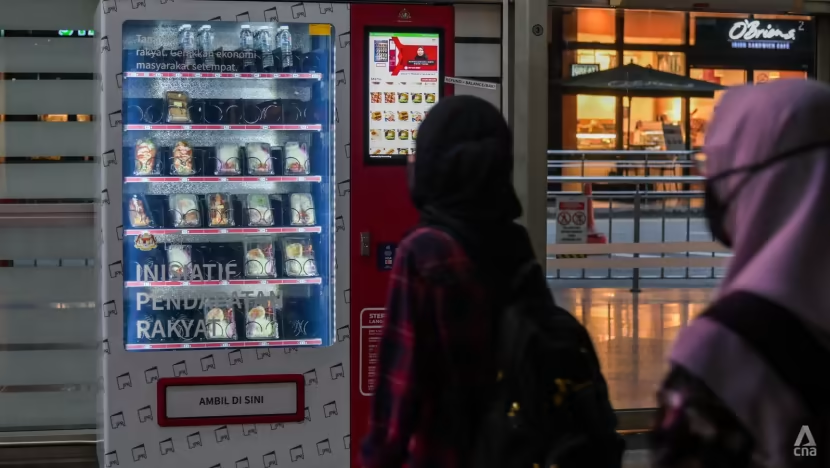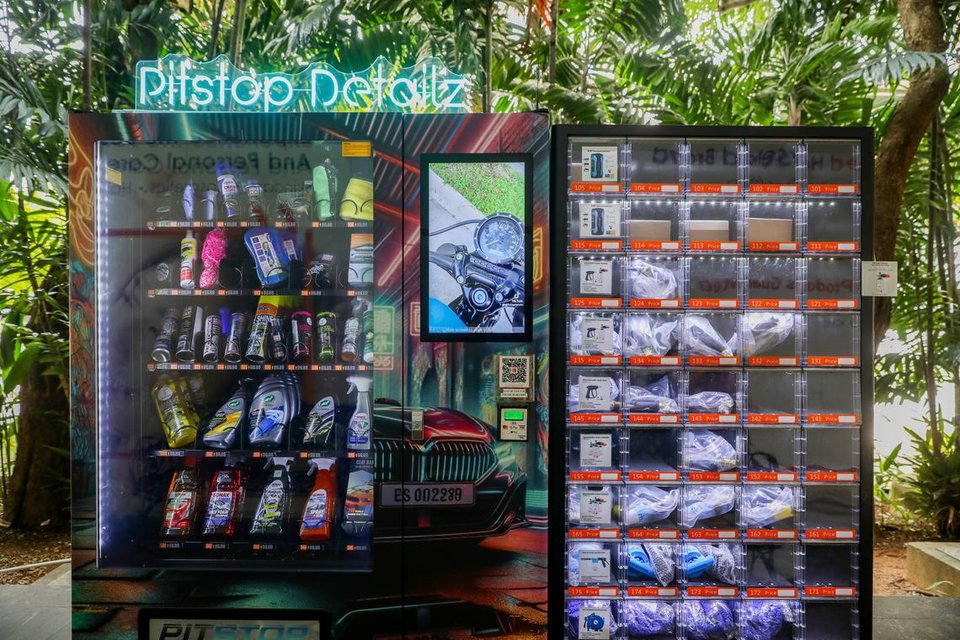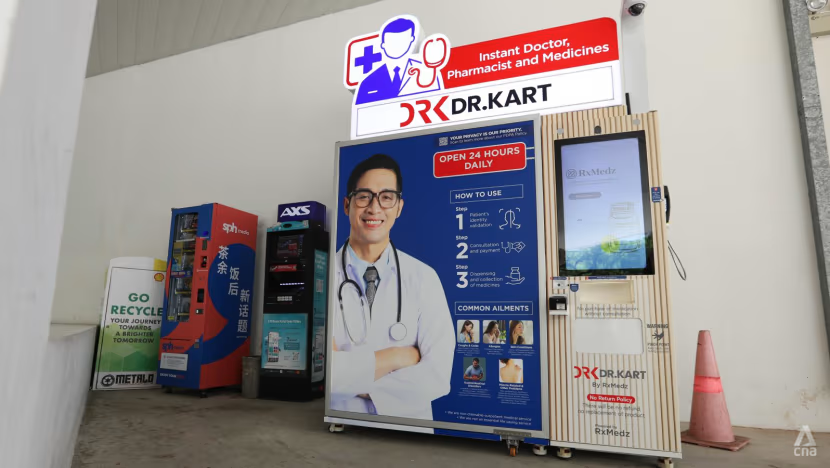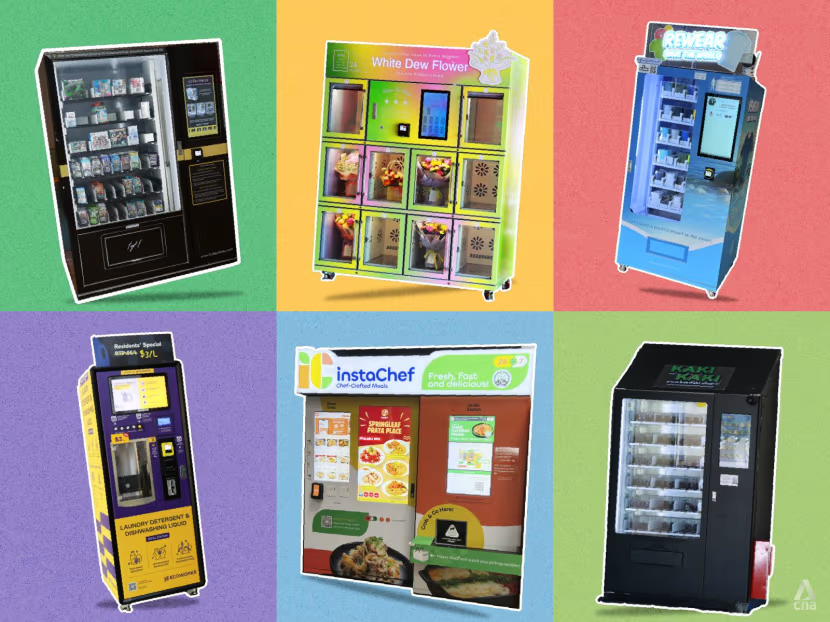Summary
A new payment policy at the Urban Transformation Centre (UTC) in Alor Setar, Kedah requires users to tap a bank card (contactless) to access public toilets. The move — which charges RM1 per use and disallows cash or QR alternatives — has prompted discussion about convenience, fairness, and the design of public digital payments.
What changed
UTC Alor Setar introduced a card-only access system for its public restrooms. Instead of accepting cash, QR codes, or alternative payments, the entry gates now rely exclusively on contactless bank cards. The goal appears to be faster, cleaner transactions and simplified revenue collection — but the execution has stirred debate.
Why people are concerned
While contactless payments can speed up access and reduce handling of cash, several problems stand out:
Excludes some users. Not everyone carries or has access to bank cards — for example, tourists, children, and lower-income people.
Risk in emergencies. If a card is declined or a reader malfunctions, people can be left without timely access.
User experience issues. Strict single-method approaches can frustrate visitors and lower public trust in digital services.
Perception of fairness. A public service that requires a narrow payment option can be seen as inconvenient or discriminatory.
These are common concerns whenever an essential public service becomes tied to a single digital payment rail.
Practical lessons for operators and vendors
For companies that design or deploy payment terminals (including vending machines and access systems), UTC Kedah’s situation contains useful takeaways:
Support multiple payment rails. Terminals that accept card tap, DuitNow QR, major e-wallets, and offline tokens reduce exclusion and decrease failure points.
Provide failover options. Offline authorization, emergency override, or staffed assistance mitigate problems during outages or card declines.
Make usability a priority. Clear signage, simple instructions, and visible customer support channels improve adoption.
Log and monitor transactions. Real-time dashboards help operators spot payment anomalies and respond faster.
Consider phased rollouts. Pilot programs with feedback loops let you refine processes before hard launches.
If public facilities adopt these practices, they’ll increase resilience — and public acceptance — of cashless services.
Opportunities for cashless payment product teams
This incident creates market openings for vendors who can show multi-rail reliability and inclusive design:
Offer retrofit kits that add QR or NFC acceptance to existing card readers.
Emphasize accessibility and redundancy in sales collateral for government tenders.
Publish case studies showing uptime, successful fallbacks, and satisfied users.
A solution that balances modern convenience with real-world reliability will be more appealing to both public agencies and private operators.
Reference:
Fong, Fernando. UTC Toilets Go Cashless – Bank Cards Only, No Exceptions
The Rakyat Post, October 2025.
Source document: UTC Toilets Go Cashless – Bank Cards Only, No Exceptions
Published by: The Rakyat Post official release



